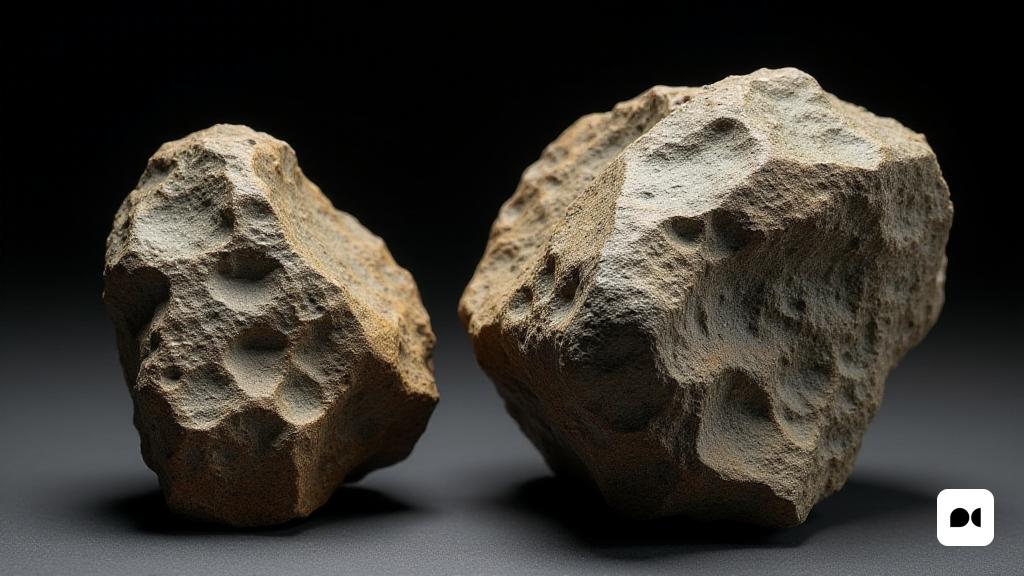A new look at the Meteorites Collection
For the first time, the Museum of Natural Sciences of Granollers (MCNG) opens its doors to its fascinating collection of meteorites, which can be visited since May. With more than twenty specimens from various parts of the world and ancient times, this exhibition promises to captivate astronomy lovers.
An enriched and diversified collection
The director of the museum, Toni Arrizabalaga, comments that the pieces have been acquired over the last few years to enrich the exhibition. It is distributed in two showcases, one on the ground floor and the other in the underground area, and complements a celebration that commemorates the centenary of the first planetarium opened in Munich. The museum, as a member of the International Planetarium Society, joins this tribute.
Where do these meteorites come from?
The collection includes a varied range of meteorites, from small fragments to rocks weighing up to a kilo and a half. Among the exposed jewels are pieces of the moon that fell to Earth following the impact of a meteorite, as well as a rare meteorite of Mars, which is difficult to find due to the severity of the red planet that prevents these materials from escaping.
Meteorites and their story
Among the curiosities is a meteorite that comes from the asteroid vesta and a unique piece that was formed when a meteorite melted sand from the Sahara Desert, creating glass. Arrizabalaga explains that during the Paleolithic, this material was used as a scraper, an example of how the history of the universe is also reflected in human activities.
A journey through the story of the planetarians
In addition to meteorites, the museum presents a series of panels that narrate the evolution of planetarians, from their creation 100 years ago to current technological advances. This evolution has allowed to offer more varied and informative projections on the universe and the stars.
The first projector of the museum
One of the highlights of the exhibition is the first projector used by the museum for its planetary sessions, dating to the end of the last century. This machine, which required a special dome for projections, has been preserved as part of the history of the museum. Currently, since 2013, the museum has a new planetarium organizing monthly sessions.
Visit the exhibition before it is over
Both exhibitions, both meteorites and planetarians, will be available to the public until September 21. This is a unique opportunity to explore the mysteries of space and get to know more about our place in the universe.

